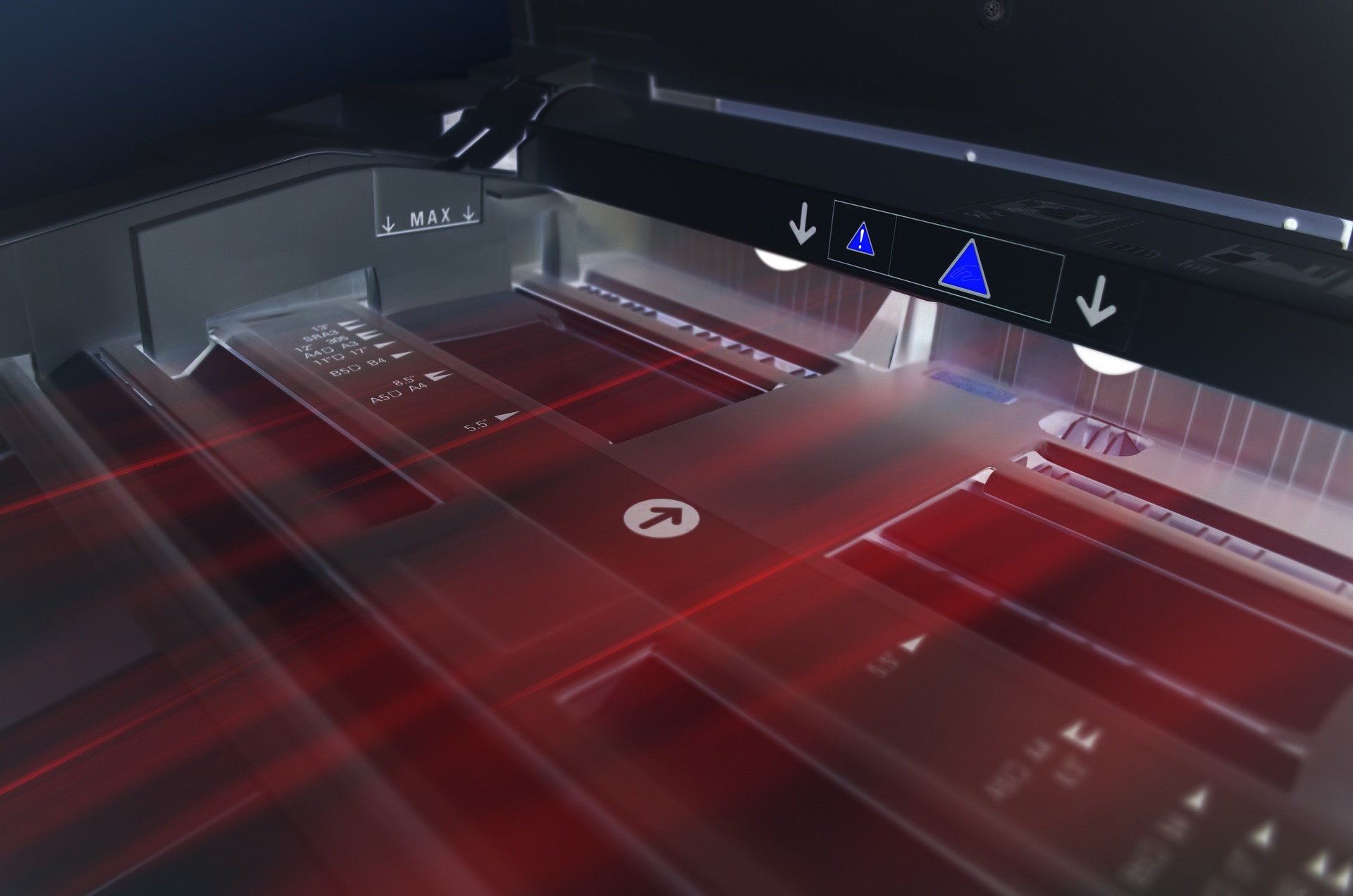The Dawn of Tactile Internet: A Touchy Future
In a world where the Internet is a staple of modern existence, a new, thrilling advancement is on the horizon. Enter, the Tactile Internet, the next leap in connectivity that promises to revolutionize how we interact with technology and each other. The Tactile Internet isn't just about providing faster and more reliable connections. It's about changing the way we interact with the digital world. The concept goes beyond simple touchscreens and haptic feedback, aiming to create an internet ecosystem where high-speed response times and reliable connections allow users to remotely touch, feel, manipulate, and control real or virtual objects.
This technology leverages the low latency and high-speed data transmission capabilities of modern connectivity infrastructures, such as 5G, but it transcends them by adding the element of real-time haptic feedback. This means that the Tactile Internet could allow us to feel the shape, texture, weight, and movement of virtual objects, or control real-world equipment in real-time.
Sensing the Present: Current Developments
Even though the Tactile Internet is still in its infancy, there are signs that its development is progressing at a rapid pace. For example, researchers at the University of Bristol have developed a system called “UltraHaptics,” which uses ultrasound to create tactile sensations in mid-air. Meanwhile, a team at the University of Duisburg-Essen is developing a “Tactile Internet with Human-in-the-Loop” (TACTHOP) system, which aims to allow users to touch and manipulate virtual objects in real-time.
Price Tag and Market Implications
While it’s hard to place a definitive price tag on this nascent technology, it’s clear that the Tactile Internet could have a profound impact on numerous sectors, from gaming and entertainment to medicine, manufacturing, and beyond.
For instance, the gaming industry could see a revolution in immersive experiences, with players able to physically interact with their virtual environments. In medicine, remote surgery could become a reality, with surgeons able to feel their patients’ tissues as if they were in the same room.
The Tactile Internet also promises significant advancements in remote-controlled machinery, such as drones or industrial equipment. By allowing operators to feel the forces acting on the machinery, the technology could drastically enhance precision and safety.
Striking the Right Balance
While the potential of the Tactile Internet is enormous, the challenges are equally substantial. The technology needs a robust, low-latency, high-speed network infrastructure, which is still under development worldwide. Privacy and security concerns are also paramount, especially when considering applications like remote surgery.
But if these hurdles can be overcome, the Tactile Internet could change the way we interact with the digital world in profound and exciting ways. It’s a touchy future, indeed, but one that holds immense promise. As we continue to push the boundaries of what’s possible with the Internet, the Tactile Internet emerges as the next frontier in our digital evolution.





